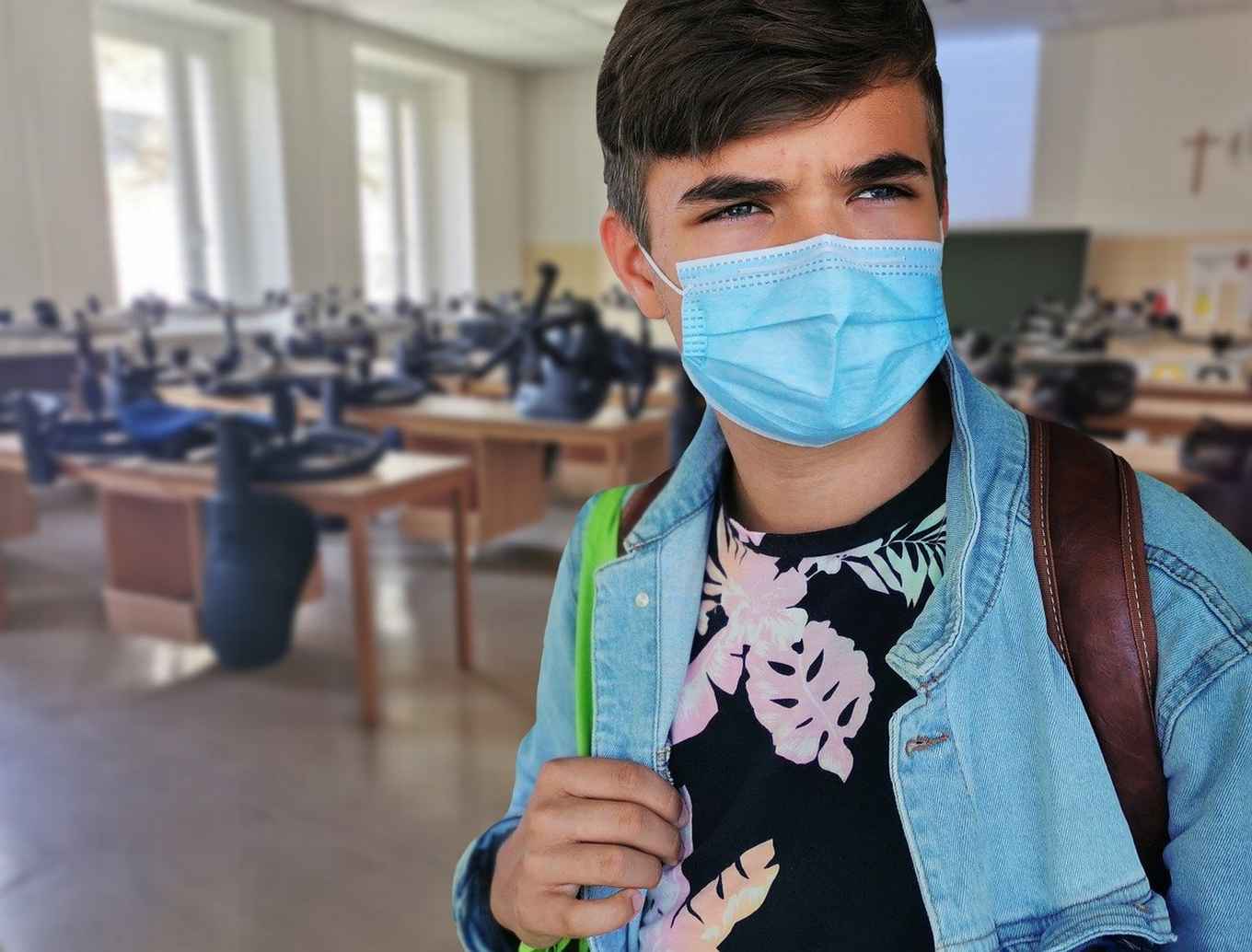Predicting future trends from only one time-point
18 November 2021

Simulating future trends is crucial if we want to foresee what the effect of interventions such as health care interventions might be. Such predictions have for example been vital in our response to the COVID-19 pandemic, where it was necessary to compare how the effects of various measures, such as social distancing and the use of face masks, would affect future infection rates.
However, a key problem is that these predictions need to be extrapolated from a limited amount of data. Sometimes even single time-points. Loes Crielaard from the Department of Public and Occupational Health at the Amsterdam UMC explains: ‘In public health, we often only have access to information that was measured at a single time-point per individual. Consider for example weight that is measured only once for a group of people. It seems then impossible to say anything about how a person’s weight might change over time.’
Langevin dynamics
Pritha Dutta of the Interdisciplinary Graduate Programme at the Nanyang Technological University: ‘Predicting the outcome of interventions in important complex systems has proven difficult so far. Complex systems are systems where the individual behaviors are reasonably well known, but their summed effect on the total system difficult to predict. Consider for instance how seemingly rational social behavior of individuals may give rise to a multitude of social norms or even polarization. One reason for this difficulty is that the available data often only reflect a single time-point, think for instance of a questionnaire. As a computer scientist I was inspired by how physicists have addressed a similar issue in their field of study: by using so-called Langevin dynamics.’
The team developed a method that translates the use of Langevin dynamics, originally developed for molecular systems, to data about human populations. This unique type of research, which blends physics with human behavior, could only come to fruition because of the diverse mix of disciplines in the team.
Starting point
Dr. Rick Quax of the UvA’s Computational Science Lab comments: ‘This method can help interdisciplinary teams, like our own, to make the difficult first step in the modelling process. The method is principled and makes the assumptions explicit. The result provides a starting point in which the model can be further refined in an iterative process between domain experts and computational scientists.’
Their article demonstrates that their initially produced model already achieves good predictive power when applied to data about health behavior. But there are many more complex systems which are crucial to human kind but where the use of computer simulations is still limited, including growing inequalities, polarization, segregation, health behavior, or indeed a systematic approach to deal with abrupt challenges – such as COVID-19 – starting from an early phase.
Details of the publication
Pritta Ditha, Rick Quax et al, Inferring temporal dynamics from cross-sectional data using Langevin dynamics, in: Royal Society Open Science, 10 November 2021, DOI: https://doi.org/10.1098/rsos.211374